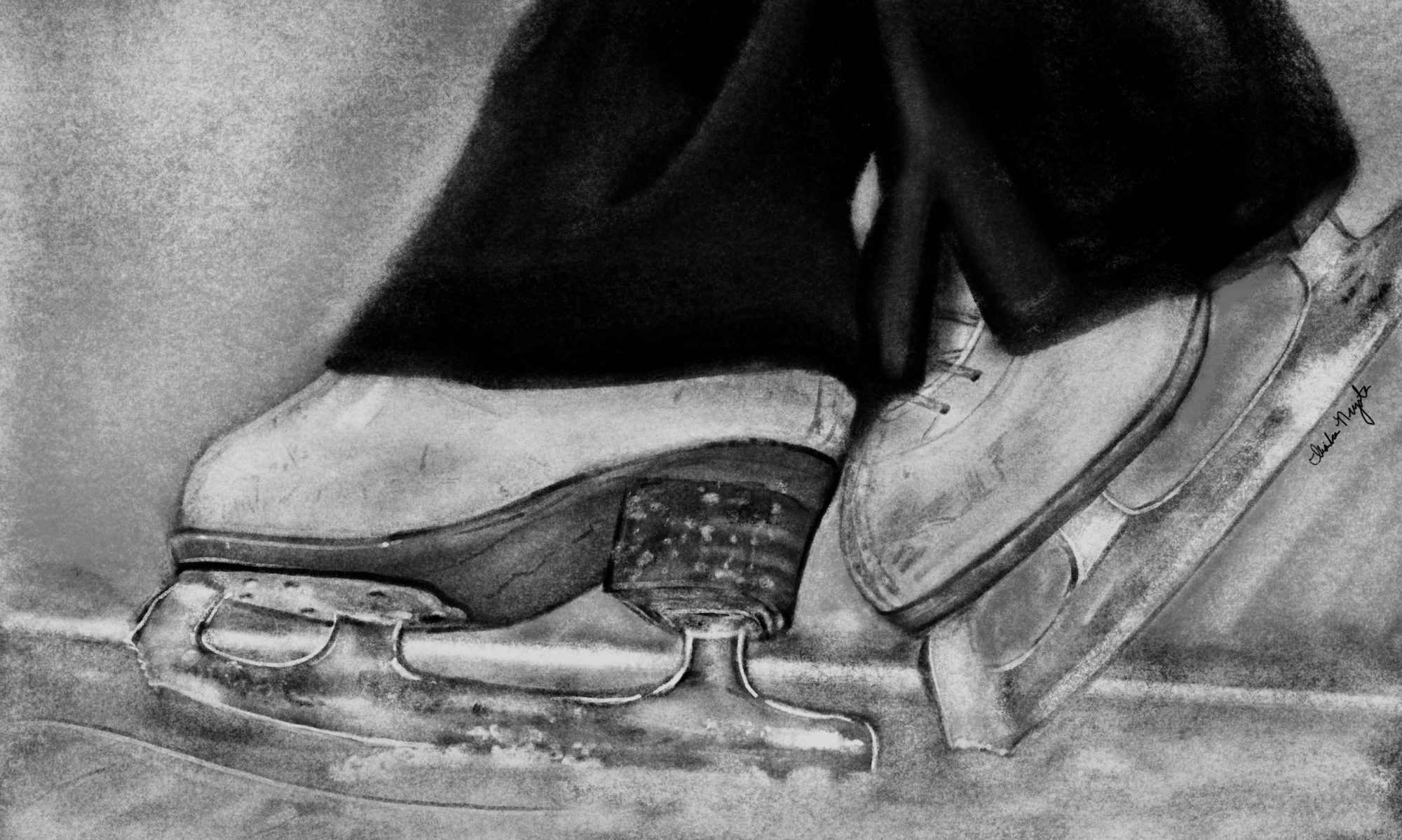If you have tried, but not found a solution to your sports performance problems, you might be suffering from repetitive sports performance problems.
How do you know if an athlete suffers from repetitive sports problems?
It’s time to dig deeper when an athlete:
- Has tried various surface solutions, but continues to suffer from poor performance.
- If the surface solutions give temporary relief, but the problems continue to resurface.
From a Coach’s Perspective:
Often what Coaches see is a good athlete unable to perform skills they were capable of doing in the past. There is no logical reason for this loss. No current injury, illness or change that could be the cause.
The coach is unable to build the athlete back up despite using their technical and coaching skills. With no definite cause of the problem, the solution is illusive. At this point the coach usually identifies the problem as “mental.”
From a Parent’s Perspective:
Parents know that their child is frustrated and upset. They see a decline or stall in performance and hear from the coaches that there is a problem.
On their end, they try to troubleshoot possible causes, again with little result. Because they are frustrated, it is easy to blame the child for not “trying hard enough” or not “doing something right.”
Parents don’t want their child to suffer, they want to help, but don’t know what to do.
Two levels of Mental Training
Traditional Mental Skills Training Most traditional mental skills training takes place at the surface level.
When an athlete is nervous, the solution is to teach them how to calm down and be cool under pressure.
If the athlete has self doubts, teach them to rebut those doubts.
What about negative self talk? The solution is to reframe those thoughts into positive ones.
All of these techniques are helpful and can help some athletes perform better, but athletes who continue to struggle with performance problems need to work at a deeper level. The problems are deeper and need to be approached differently.
If you got a rash on your arm one day after working in your yard, you would put cream on it to make it go away.
But if every time you work in your yard you come in with a rash, it would make sense to look for a deeper solution to this problem.
Instead of buying stock in the cream company, you could search your garden for the cause…oh look, it’s poison ivy! And get rid of it all.
Below the Surface
The way I work with repetitive sports performance problems is to start at the root (pun intended).
Working below the surface, at the source of the problem can make profound and lasting changes.
It Starts with an Upsetting Event
Let’s say this was your season. You finally found your rhythm. You have the right coach, the right off ice training and the right professionals in place.
Things went really well at some of the big away competitions you participated in.
At Regionals you were in the running for a medal after the short program, and this year, your freeskate was excellent.
The next day at your freeskate, all was going as planned, until your fourth jumping pass, your triple Lutz + triple toe. Something went wrong and you were laying on the ice in pain. After the medic came to check you, you were helped off the ice by a Novice man from the next event. One moment you were sailing through your program and the next instant, your shin bone snapped and your season was done. On the surface, we deal with the physical pain, get an X-ray, get the broken bone set and immobilize it with a cast. The next day you are able to hobble to the competition and watch from the stands.
For a while, it seems that you have moved on from the trauma of the situation, until one day out of the blue, a similar situation triggers an intense negative reaction.
What Happened?
We are animals, and our bodies are programmed with primitive reflexes and instincts that helped our ancestors to survive in the dangerous ancient world.
The injury was recognized as a dangerous situation. Survival of the fittest favors those who can recognize and avoid danger the next time.
So a primitive process of learning kicks into gear beneath the surface.
Our body automatically marks and stores the vivid physical, mental and emotional sensations of the event for reference, ready to pull out when needed.
Our body stores the memory of the: Physical pain, emotional sensations and the mental tapes of that incident.
Physical pain: How it felt and what our body’s response was. “My shoulders tensed up and my chest felt like it caved in on itself.”
Emotional sensations: “I felt frustrated, totally helpless, and disappointed at the loss of a breakthrough season.”
Mental tapes: the dialog of negative thoughts, fear, self criticism and blame. “If only I were like Perfectskater. I would be able to force myself to skate even when I have pneumonia, and not be so far behind.”
Triggered
These memories are stored and can lie dormant in the body until the athlete is faced with a similar situation, days, months or even years after the original event.
When triggered, the unexpected reaction can be as powerful as a bomb going off. The biggest sign is that the reaction way out of proportion to the current situation.
Remember our skater who lost a potentially successful season after an injury on the triple Lutz?
Two years later, she is getting ready to do a qualifying competition at the same arena. A month before the competition, she starts having trouble on her triple lutz. Her coach tells her there is nothing wrong with her technique, she’s in the best shape of her career, but she keeps popping the jump in her program simulations.
Just thinking about competing in the same arena caused the dormant memories to unconsciously (or consciously) bubble back to the surface. The triggered response is a real physical, emotional and mental response.
The Nervous System
The nervous system is responsible for keeping us physically, mentally and emotionally safe. At the first sign of danger, our nervous system kicks into high alert and starts our stress response.
The stress response is better known as:
- Fight
- Flight
- Freeze
During the stress response, our trained motor patterns like jumps or running programs get kicked off-line and are not available to us.
To those watching, coaches and parents, it seems like “poof,” a mysterious loss of skills.
An athlete in this situation is not lazy.
Yes, they “want it” as much as ever.
They are not defiant or stubborn.
The skater doesn’t understand what is happening either. They intellectually know that they are capable of doing the skill, but can’t “force” themselves to do it.
Handling Nervous System Activation
An athlete who experiences repetitive sports performance must learn how to work with their body.
A healthy nervous system on high alert (protection mode) makes safely a priority. So access to sports skills is blocked. The athlete still has their skills. They have just temporarily lost access to them.
The athlete must learn how to work with their body to calm down so that their skills can come back on line.
Learning how to work with your body is a process. It starts with education, building awareness, practice and experience.
The athlete needs patience and a supportive environment as they move through this process. For this level it is essential to have an expert who understands this process to work with the athlete.
If what you just read reminds you of yourself or someone you know, are are interested in personalize guidance: contact me here.

